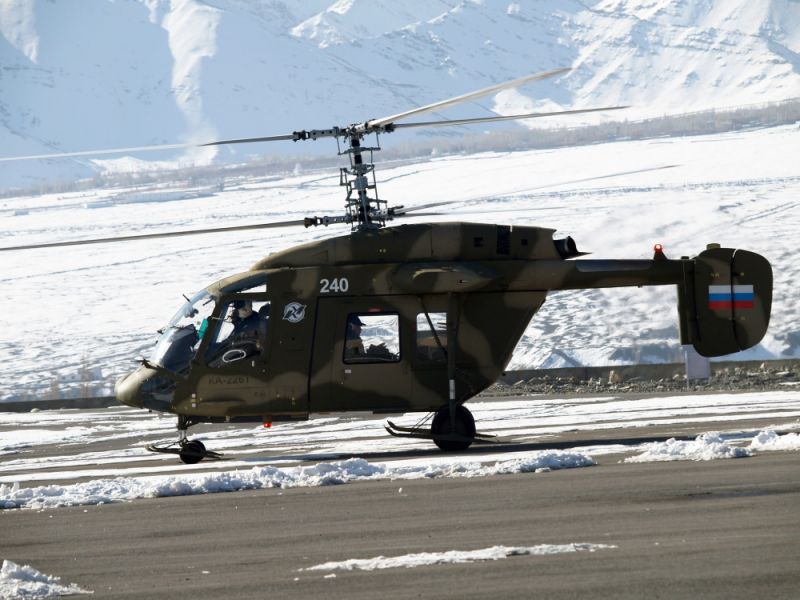Is Kamov model of Indo-Russia cooperation time consuming?
By Rohit Srivastava

The recently concluded 18th India-Russia Inter-Governmental Commission on Military Technical Cooperation (IRIGC-MTC), chaired by the defence ministers of the two countries, discussed various ongoing projects including the joint manufacturing of the Kamov-226 helicopters.
“Intensive discussions were held on joint manufacturing projects, including the Kamov-226T helicopters, naval frigates and projects related to land systems. The two sides also agreed to take forward inter-governmental arrangements for facilitating joint manufacturing of spares for Russian origin equipment in India, under the ‘Make in India’ initiative,” India in a statement said.
The two sides are very eager to start production of the Ka- 226T helicopters but the process seems to be taking much longer than expected. Sources associated with the projects suggest that due to delay in execution people have begun to question the process of the IGC. People expected this project to reach execution much faster.
Senior officers associated with the negotiation are comparing the Ka-226T to Brahmos production model and are of the opinion that the later model is much better.
Although, there is not much difference between the two models as in both India has majority share and Russia provides both technology and parts. One can say, Kamov project is based on the success of the Brahmos project. Had Brahmos not been a success, the two sides would not have agreed to joint production of the Ka-226T.
The fine difference between the two programmes is that the first batch of helicopters will come from Russia whereas Brahmos was made in India with spares from Russia. The second batch of the helicopters will be assembled in India and the last 100 will be totally manufactured in India.
This is akin to license production of Sukhoi and other aircraft that Hindustan Aeronautics Limited manufactures for India. The only difference is that unlike license production here Russia has a stake in the manufacturing entity.
So, is it correct to compare the two models? Yes and No. It is good to analyse the projects as it helps in improving the system and to get new ideas, so yes nothing wrong in comparing but one must not ignore the fact that the two models cater to two different types of equipment - missile system and helicopter. Each one has its own peculiarities thus different production model.
India is one of the biggest helicopter markets in the world and also with one of the least tapped civilian helicopter markets. Given the varied geography of India, helicopters are the perfect mode of air transport for humanitarian and disaster relief works and hilly and difficult areas. Therefore self-reliance in helicopters is a must. And one must not forget the civil and military helos are basically the same.
The Kamov venture will help in self-reliance and India needs Russian help to absorb technology for manufacturing of the sub-systems. Manufacturing a complex system like helicopters requires gradual upscaling. Thus the co-ownership and production would start with assembling and later to the manufacturing of a complete system.
On the other hand, Brahmos is a missiles system and its production is not based on a tender with fixed numbers, it requires India to have a much open-ended system where Russia gets to provide the sub-systems. Therefore, whenever India decides to induct Brahmos it can manufacture with an assured business for Russia. Hence the in spite of sharing technology Russian business interest is secured for foreseeable future. Now, as the two sides are moving towards extended range Brahmos, the open-ended model has ensured that co-development goes smoothly without much deliberation.
The whole idea of choosing between the one over other is wrong. Both models are good and tailor-made for the systems to be manufactured. The problem is not with the idea but with execution. It is high time India to give the order to the Kamov joint venture company and start the production.




